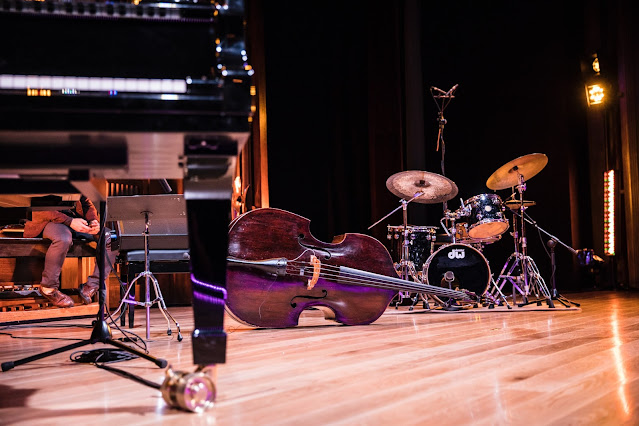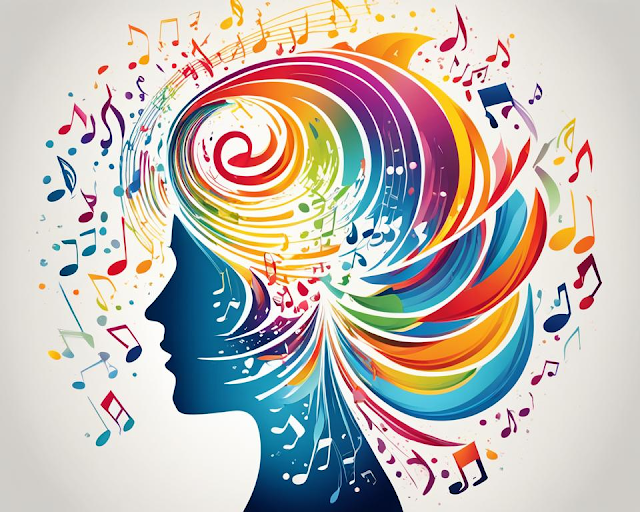Why Jazz Is The Best Genre of Music: A Brief Guide to the History and Evolution of Jazz
Jazz is a genre of music that has been around for over 100 years. It’s difficult to pinpoint when jazz was created, but it’s widely regarded as having its roots in late 19th-century New Orleans. Jazz became popular in the early 20th century and has evolved throughout the decades. Jazz still has a place in today’s world and is influenced by many different cultures and genres. The improvisation in jazz allows people to express themselves in ways they can’t with any other type of music.
The history and evolution of jazz are exciting and complicated, but this brief guide will give you all the basics you need to know about how jazz became such an important musical style.
The History of Jazz
Jazz is a term coined by musicians in the 19th century, but the roots of this music go all the way back to the 1890s. It was initially the “African Dixieland” music, which was originally a mix of music from the South. These rhythms and instruments would become the basis for modern jazz music, although they eventually faded.
The term “jazz” actually came into existence in 1919, when pianist Earl Hines wrote a short article for the March edition of Down Beat magazine. He was dissatisfied with the jazz he was hearing, so he wanted to change the perception of the music. His article (which is worth checking out if you’re interested in jazz) described jazz as a way to express your own music rather than using pre-existing music as inspiration.
The Evolution of Jazz
Jazz started out as an African-American music tradition that developed out of different types of musical genres. The genre’s roots are African in origin, but it was introduced to America through other genres of music.
One such genre was marching band music. The tradition began in the 17th century, but it became popular in the 18th century as a form of dance music. The main dance styles in this genre were dances known as Mardi Gras music, which were very religious in nature and used as a form of relaxation. The music had no lyrics, and usually had no melody at all, and was most popular in the rural South.
A more diverse genre was the pantomime, which evolved from traveling Englishmen. The music contained a lot of marching band music but collected a lot of music that had no words.
What Is Jazz?
Jazz music is a style of music that has its roots in 19th century New Orleans. It wasn’t until the end of World War I that the genre was solidified into its own genre. Jazz music combines a great deal of variety in instruments, music styles, and arrangements, not to mention it’s one of the few styles of music that’s unique to its genre. Jazz usually includes a lot of improvisation as opposed to repeating the same 4 or 5 notes.
Some of the most famous jazz musicians are Louis Armstrong, Duke Ellington, Billie Holiday, Duke Ellington, Sarah Vaughan, Miles Davis, and Sonny Rollins, to name a few.
Jazz music has a long and tumultuous history, which is sometimes a deterrent for people when they try to learn more about jazz.
Why Is Jazz Important?
It’s challenging to find a well-loved genre of music that’s as diverse as jazz. There are so many different types of jazz, some of which are very obscure and have very specific movements. Jazz has a wide variety of music, ranging from different types of rock to different kinds of funk and soul to Latin and Eastern music. This variety has allowed for some really great musical genres to emerge. Jazz has always been a part of popular music and is a genre that has influenced many different genres over the years.
Jazz is a very different type of music than the genres you might find in other genres of music. Jazz has a lot of different textures, is generally more laid back and relaxed, and is very melodic.
Who Plays Jazz?
Jazz musicians are predominately male, with female musicians being extremely rare. The first female jazz musician is credited to be Ethel Waters, a pioneering black vocalist. She was successful during the 1930s and even toured with jazz bandleaders Duke Ellington and Charlie Parker. Jazz is not just for men, though. Women have been successful and continue to play a large role in the jazz world. Ella Fitzgerald is a well-known jazz singer who is known for her jazz standards, such as “A-Tisket, A-Tasket,” “Swanee,” and “I Can’t Get Started.” In the 1940s, Louis Armstrong popularized jazz with his hit songs “Summertime” and “What a Wonderful World.”
Jazz has had a large impact on many influential and influential musicians throughout the years.
Who Influenced Jazz?
Jazz has a history of having influences from many different genres. The list below contains some of the most notable artists and influential voices who helped shape and shape jazz:
Louis Armstrong
One of the most recognizable names in jazz is Louis Armstrong. Armstrong was an amazing trumpet player and became known for his ability to improvise. He was also a fantastic singer and had a sweet voice. Armstrong was born in New Orleans, Louisiana, on May 26, 1902. His father was a pianist and trumpet player who taught him how to play the piano, trumpet and sing at a young age.
He developed an early love of music, and by the age of seven, he could play the trumpet with skill. At the age of ten, Armstrong formed his first band with his older brother and performed on the streets of New Orleans. It was during this time he was nicknamed “Satchmo” by people who heard him play since his instrument was a trumpet.
Duke Ellington
Although most jazz aficionados would argue that jazz was a product of New Orleans, Duke Ellington was undoubtedly one of the most influential and important musicians in the history of jazz.
Duke Ellington had a fantastic range of talent, from performing at the Cotton Club and other major venues to conducting an orchestra, composing, and writing songs. Ellington also had an important role in popularizing jazz as an art form.
Duke Ellington’s band, the “Washingtonians,” was famous for performing a complex set of jazz music. The songs included improvisations, which were creative enough to be entertaining, but also remained within the range of the instruments.
Charlie Parker
One of the most famous jazz musicians of all time is Charlie Parker. A pioneer of jazz and popular musician of the 1940s, ’50s, and ’60s, Parker influenced the development of jazz through his powerful guitar playing, his charisma, and his endless creativity. Parker’s talent was recognized early on in his career. He recorded two songs, including “Now,” at age 14, which were both accepted by other notable musicians.
However, Parker is best known for his rendition of “Hot House,” which was inspired by his time in New Orleans. Parker’s performance is the highlight of this song and gives it an energetic and rhythmic quality.
In “Now,” Parker’s guitar begins with an introspective voice telling listeners he’s tired and how tired he is. He then goes into a brief staccato that simulates a heartbeat.
All of the music listed above are great types of music to listen to. These lists are just a small sampling of the many types of music that exist in the world. If you’re interested in learning more, there’s a lot to discover about different types of music and their origins, so keep looking.





Comments
Post a Comment